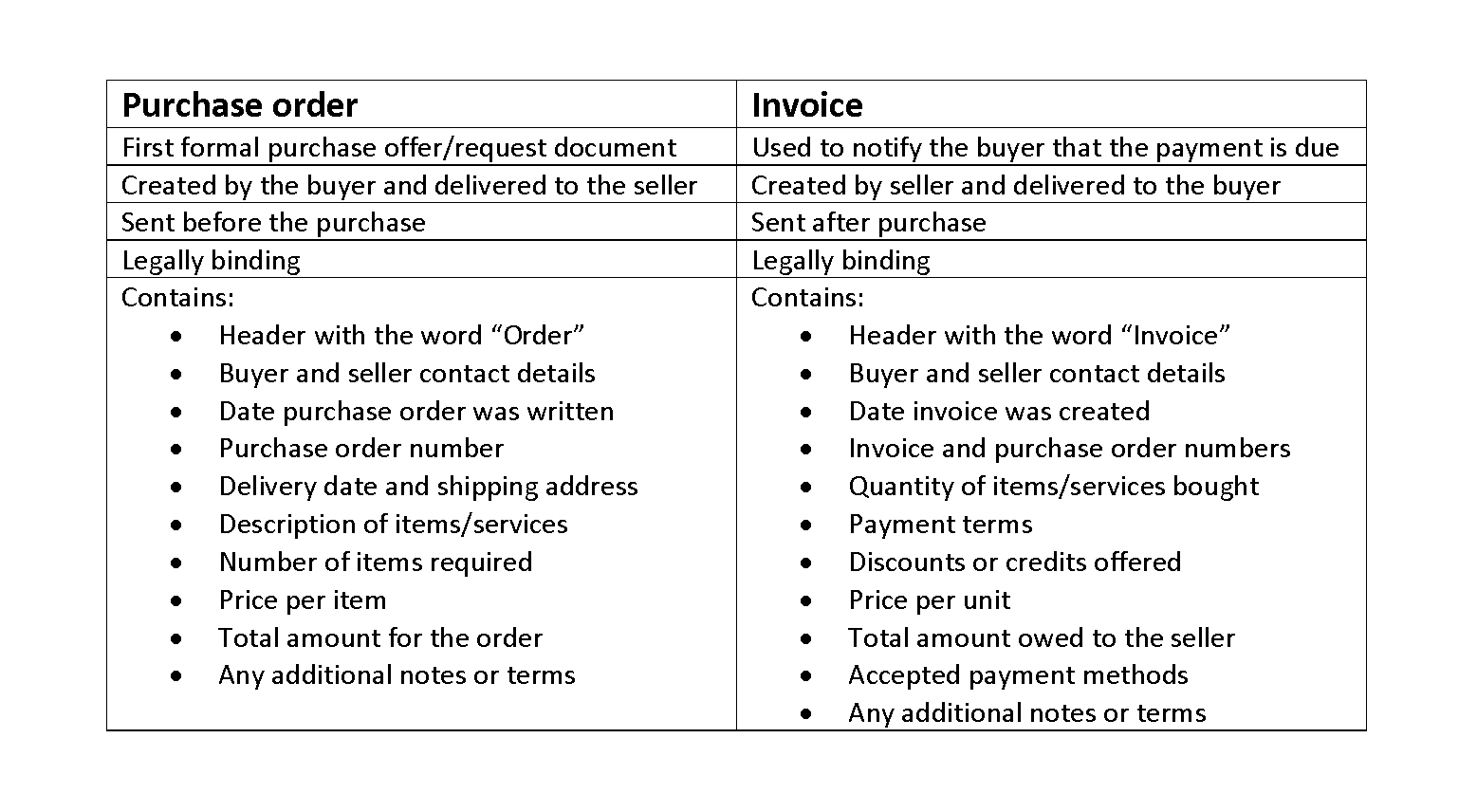
You can also set up recurring tasks (for instance, tracking year-end reconciliations) to stay ahead of key deadlines without relying on memory or manual reminders. This makes the equity section a running tally of how well the business has performed. A consistently increasing equity balance usually points to sound financial management and sustainable growth, while a declining one can income summary indicate recurring losses or excessive withdrawals. For you as an accountant or bookkeeper, walking clients through this section of their financials helps demystify how profits, owner actions, and financing decisions are impacting their business’s value.

Non-Current Liabilities
- Retained earnings grow larger over time as the company continues to reinvest a portion of its income.
- Higher owner investment and profitable business operations contribute to an increase in owner’s equity.
- This account builds up over time and gives a long-term view of how well the business is retaining profit.
- State laws may also require that the par value be reported in a separate account.
If stockholders want to sell their stock, they must find a buyer usually through the services of a stockbroker or an online app. Nowhere on the stock certificate is it indicated what the stock is worth (or what price was paid to acquire it). In a market of buyers and sellers, the current value of any stock fluctuates moment-by-moment. Aside from stock (common, preferred, and treasury) components, the SE statement includes retained earnings, unrealized gains and losses, and contributed (additional paid-up) capital. Positive shareholder equity means the company has enough statement of stockholders equity assets to cover its liabilities. Negative shareholder equity means that the company’s liabilities exceed its assets.
What are the Recognition Criteria for Assets in the Balance Sheet?
The above formula sums the retained earnings of the business and the share capital and subtracts the treasury shares. Retained earnings are the sum of the company’s cumulative earnings after paying dividends, and it appears in the shareholders’ equity section in the balance sheet. Stockholders’ equity provides insight into the company’s book value, calculated as total assets minus total liabilities. Stockholders’ equity refers to the residual interest in a company’s assets after deducting liabilities, representing the owners’ claim on the business. Net worth, often used interchangeably, typically applies to individuals, indicating the difference between personal assets and liabilities. In a corporate context, both terms reflect the company’s financial health, but “stockholders’ equity” is the precise term used in financial statements.
What Is a Liability in the Accounting Equation?
- When an owner contributes more money into the business to fund its operations, equity in the company increases.
- It reflects the true economic value contributed by shareholders beyond the minimum stated capital.
- The shareholders equity ratio, or “equity ratio”, is a method to ensure the amount of leverage used to fund the operations of a company is reasonable.
- It can be looked at on its own and in conjunction with other statements like the income statement and cash flow statement to get a full picture of a company’s health.
- Par value for the stock is the stated stock price in a company’s charter.
The share premium account holds any excess balance for shares issued above par value. Therefore, it acts as a premium account for when companies allocate stocks at a higher Medical Billing Process rate. There is no specific formula to calculate the balance on this account, unlike for share capital. However, it makes up a part of a company’s stockholders’ equity balances. The share capital account represents the sum of the par values of a company’s issued shares.

Accounting Equation for a Sole Proprietorship: Transactions 5-6
You’ll typically find equity positioned at the bottom of the balance sheet, right after total liabilities. It represents the owners or shareholder’s claim on the business after debts are paid. It also shows how much of the business is financed by the owners/shareholders rather than creditors. Shareholders’ equity refers to the owners’ claim on the assets of a company after debts have been settled. The first is the money invested in the company through common or preferred shares and other investments made after the initial payment. The second is the retained earnings, which includes net earnings that have not been distributed to shareholders over the years.

Corporation Transaction C2.

Interpreting stockholders’ equity involves examining various components, including common stock, preferred stock, retained earnings, and additional paid-in capital. Each element provides valuable information about the company’s funding sources and profit retention strategies. A thorough analysis can reveal trends in equity financing and the company’s approach to balancing debt and equity. Stockholders’ equity represents the residual interest in the assets of a company after deducting liabilities. It is a crucial component of the balance sheet, providing insights into the financial health and stability of a business. By analyzing stockholders’ equity, stakeholders can assess the company’s ability to generate profits and manage its capital structure effectively.

